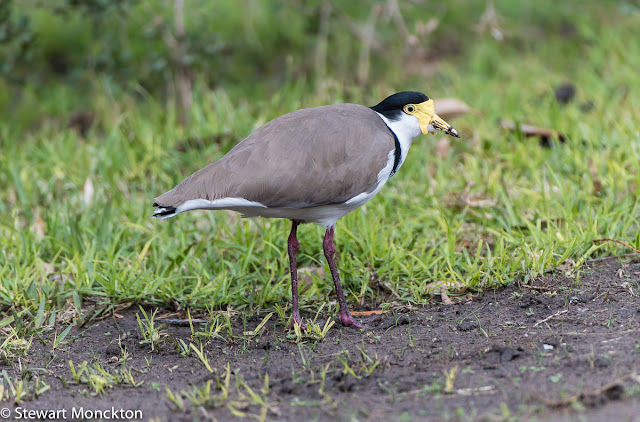This will be a short post this week. Also, sorry for not getting to visit many blogs this week. Busy, busy, busy.
The Australian White Ibis (Threskiornis moluccus) is another very common Australian bird - its adapted to human presence rather well, and will feed on almost anything. This opportunist habit has given it the less than flattering slang name of The Bin Chicken.
These birds were all gathered on and around a large breeding colony in Jells Park about 30 minutes from my house. This colony is rather noisy and smelly, but always active.
In some of these birds you can see a patch of bare scarlet skin under the wings. This is normal for this species, although it looks a bit shocking when you see for the first time.
The Australian White Ibis (Threskiornis moluccus) is another very common Australian bird - its adapted to human presence rather well, and will feed on almost anything. This opportunist habit has given it the less than flattering slang name of The Bin Chicken.
These birds were all gathered on and around a large breeding colony in Jells Park about 30 minutes from my house. This colony is rather noisy and smelly, but always active.
In some of these birds you can see a patch of bare scarlet skin under the wings. This is normal for this species, although it looks a bit shocking when you see for the first time.
Normal service will be resumed soon - meanwhile, you can join in with WBW by clicking on the link below - and also as ever, please feel free to share the love for WBW with other bloggers! Cheers. SM


























































